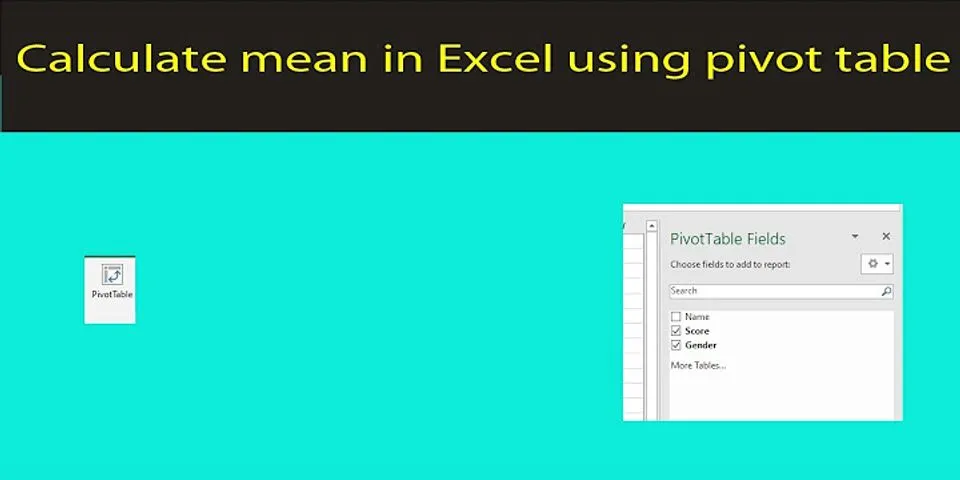 Show
First things first, what is Group Policy? Group Policy is a feature of Windows that facilitates a wide variety of advanced settings that network administrators can use to control the working environment of users and computer accounts in Active Directory. It essentially provides a centralized place for administrators to manage and configure operating systems, applications and users’ settings. Group Policies, when used correctly, can enable you to increase the security of user’s computers and help defend against both insider threats and external attacks. In this blog, we will go through a detailed explanation of what Group Policies and GPOs are, and how system administrators can use them to help prevent data breaches. What is a Group Policy Object (GPO)?A Group Policy Object (GPO) is a group of settings that are created using the Microsoft Management Console (MMC) Group Policy Editor. GPOs can be associated with a single or numerous Active Directory containers, including sites, domains, or organizational units (OUs). The MMC allows users to create GPOs that define registry-based policies, security options, software installation and much more. Active Directory applies GPOs in the same, logical order; local policies, site policies, domain policies and OU policies. Note: GPOs that are in nested OUs work from the OU closest to the root first and outwards from there.  Examples of GPOsGroup Policy Objects can be used in a number of ways that benefit security, many of which will be mentioned throughout this article. Below are a few more specific examples:
How Are Group Policy Objects Processed?The order at which GPOs are processed affects what settings are applied to the computer and user. The order that GPOs are processed is known as LSDOU, which stands for local, site, domain, organizational unit. The local computer policy is the first to be processed, followed by the site level to domain AD policies, then finally into organization units. If there happen to be conflicting policies in LSDOU, the last applied policies wins out. Should You Use Group Policy?The short answer is yes. If you want to ensure that your data and your core IT infrastructure is set up in a secure way, then you probably need to understand how to properly use Group Policy. It might surprise you to learn that Windows straight out-of-the-box isn’t exactly secure. There are numerous gaps in security, most of which can be addressed using GPOs. Without plugging these gaps, you leave yourself exposed to a plethora of security threats. GPOs, for example, can help you implement a policy of least privilege where your users only have the permissions they require to do their job. They can do this through disabling Local Administrator rights globally in your network and grant admin privileges to individuals or groups based on their roles. Group Policies can be used in numerous ways to bolster security, including disabling outdated protocols, preventing users from making certain changes and more. Let’s take a look at some of the benefits of Group Policy. The Benefits of Group Policy for Data SecurityThe benefits of Group Policy are not limited solely to security, there are a number of other advantages that are worth mentioning.
The Limitations of Group PolicyI’d be lying if I said to you that GPOs were the magic bullet to keeping your data secure. There are a number of limitations that you need to be aware of before you start implementing them. Firstly, the GPO editor isn’t the most user-friendly console that you’re likely to come across. A deep understanding of PowerShell will help make it easier to do all the GPO updates. Speaking of GPO updates, they are undertaken randomly every 90 to 120 minutes whenever the computer gets rebooted. You can be specific with an update rate from 0 minutes up to 45 days. However, if you do specify 0 minutes, then by default the GPOs will attempt to update every 7 seconds, which is likely to choke your network with traffic. GPOs are also not immune to cyberattacks. If an attacker wanted to change local GPOs on a computer in order to move laterally across the network, it would be very difficult to detect this without a Group Policy auditing and monitoring solution in place. How Lepide HelpsThe Lepide’s Group Policy Auditing solution (part of Lepide Data Security Platform) will help you to get more visibility over the changes being made to your Group Policy Objects. Every time a critical change is made, Lepide will send the admin a real time alert and provide the option to roll back unwanted changes to their previous state; allowing admins to maintain a policy of least privilege and ensure the security policies of the organization remain intact.  Want to see how Lepide can help you to audit changes being made to GPOs and automatically disable the stolen account to stop the attack? Schedule a demo with one of engineer or download free trial to see the principle in action. Easily Audit Group Policy Changes with Lepide Group Policy AuditorWhat is a Group Policy in Windows?Group Policy is a hierarchical infrastructure that allows a network administrator in charge of Microsoft's Active Directory to implement specific configurations for users and computers. Group Policy is primarily a security tool, and can be used to apply security settings to users and computers.
Which of the following refers to centralized set of rules that govern the way Windows operates?Resultant Set of Policy (RSOP) is centralized set of rules that govern the way Windows operates.
Which tool would you most likely use to edit Group Policy settings in a stand alone computer?Which tool would you most likely use to edit Group Policy settings in a stand-alone computer? You can only edit user-specific Group Policy settings in the Windows Registry Editor.
What is the purpose of a group policy object GPO quizlet?What is the purpose of a Group Policy object (GPO)? It allows administrators to apply a collection of configuration settings to objects within an Active Directory domain.
|















